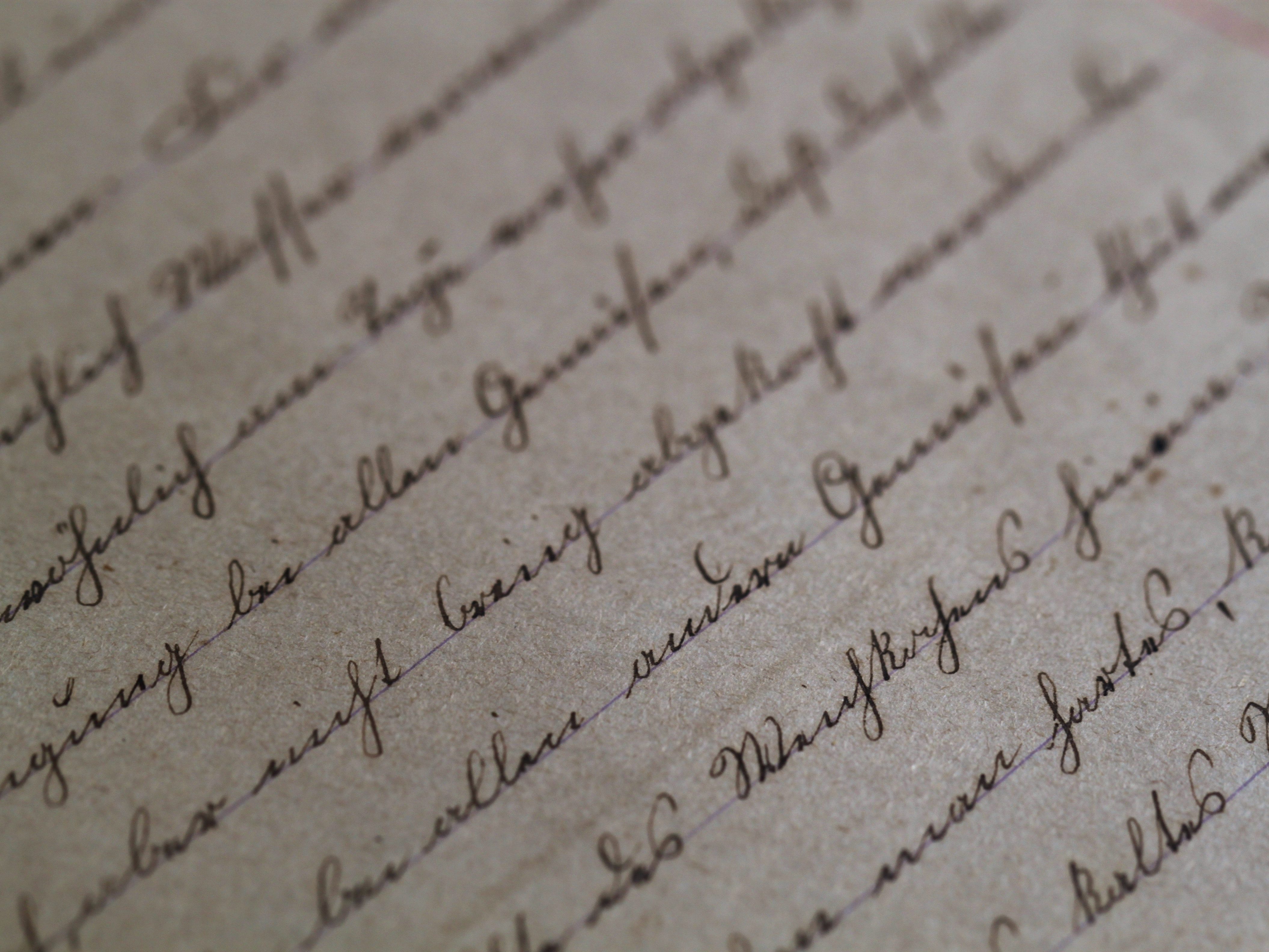The Norman Conquest will be our main subject today, including many events that led up to it. The beginning of a claim to the throne of England for the Normans, came when Ethelred the Unready chose Emma of Normandy who was the sister of the Duke of Normandy, to be his wife in 1002 AD. The successor of Ethelred the Unready was his son, called Edward the Confessor. Edward spent most of his time in Normandy, and depended a lot on his Norman friends, replacing many Saxon positions with them. There was a rumour that Edward even encouraged William, Duke of Normandy (great nephew of Emma) to take up the English throne. Another rumour states that Harold Godwinson Earl of Essex was wrecked on the shores of Ponthieu and then forced to swear fealty to William. Promises or no Promises, Edward died in early 1066 and Harold was elected by the Witengemot to be King of England. Immediately, there was an uproar. William claimed he had a right to throne, while up in Norway, Harald Hadrada, King of Norway also claimed a right to the throne of England. With Harald was Harold Godwinson’s hot-headed brother Tostig, who had been exiled earlier on and was now seeking revenge. Harold, seeing that Harald and William were preparing to invade England, gathered an Army himself. But Harold’s soldiers only had short notice therefore, after a few months of waiting for an attack, the Army dispersed. This struck at an unfortunate time, because soon afterwards, Harald and Tostig attacked Northumbria, destroying Morcar and Edwin’s Army (Earls of Northumbria and Mercia) at Fulford. Harold quickly gathered his best soldiers and marched quickly against the Norwegians, who were camping near Stamford bridge. The latter were completely taken by surprise and they were crushed. Both Harald Hadrada and Tostig were killed. The damage on the Norwegian Army was so severe, that out of the 300 ships with which they had come to England, only 24 managed to escape with the survivors unmolested. But the damage inflicted upon the Saxon forces was also severe and only three days after the Battle, news came to Harold that William of Normandy had just landed at the village of Pevensey. Harold led his soldiers as quickly as possible back to London and then with a few fresh forces, he marched to Hastings. Despite being the second on the Battlefield, Harold managed to gain the better ground, on a small hill called Senlac. Harold’s men formed a shield formation and put wood stakes around the hill. At about 9.00 AM, on the 14 October 1066, the Battle of Hastings started and ended. The first few Norman attacks were thrown back by the strong shield wall. But apparently a few of Williams troops panicked and fled, some Saxons charged from the Shield wall and the Normans then turned and massacred them. The Normans feigned two more retreats to devastating effect. The shield wall was destroyed, Saxon resistance crumbled and Harold was reportedly shot in the eye and killed. After Harold’s death, many Saxons fled while most of the great earls of England died. After the Battle, William marched to London and took it. On Christmas day, 1066 William was crowned King of England and soon after, most of the Earls swore their fealty to William. But even though William was now King of England, did not mean all of his subjects were ready to accept him. From 1067-1076 there were many small rebellions and reprisals. The first came in 1067. William had left England to his half-brother Odo, while he sailed back to Normandy. After William had left, rebel leaders in Mercia and wales revolted and fought the newly installed Norman garrisons. Odo was met with so great resistance, that William was forced to sail back to England. As soon as William joined the fighting, the rebellions collapsed. Soon after, in 1069 a group of Rebels attacked and killed Robert de Comines (the newly installed Norman Baron of Northumbria) and several hundred soldiers. Following this, came many rebels came together and besieged a castle at York. William quickly destroyed these uprisings, replaced the Garrison of York, and built a second Castle. place in Northumbria. A Fleet of Danish ships also landed on the coast of England to join the Rebels. At around the same time new rebellions re-emerged in Mercia but were quickly scattered. To counter the attacks in the North, William sent several hundred Norman troops to Northumbria. This became known as the harrying of the North. Norman soldiers raided and massacred 150,000 inhabitants of Northumbria. After the harrying of the North, the rebellions quieted, as most of England now was under Norman control. There were a few small rebellions, one of the most famous made by a Saxon noble called Hereward the Wake, as he made a last stand in some marshes. But Resistance was definitely crumbling and by 1077 William was complete Ruler of England. The Norman conquest has had a large impact on England, the language we speak is derived from the Saxon-Norman mixings. The Norman civilization carried England through the Middle ages.
